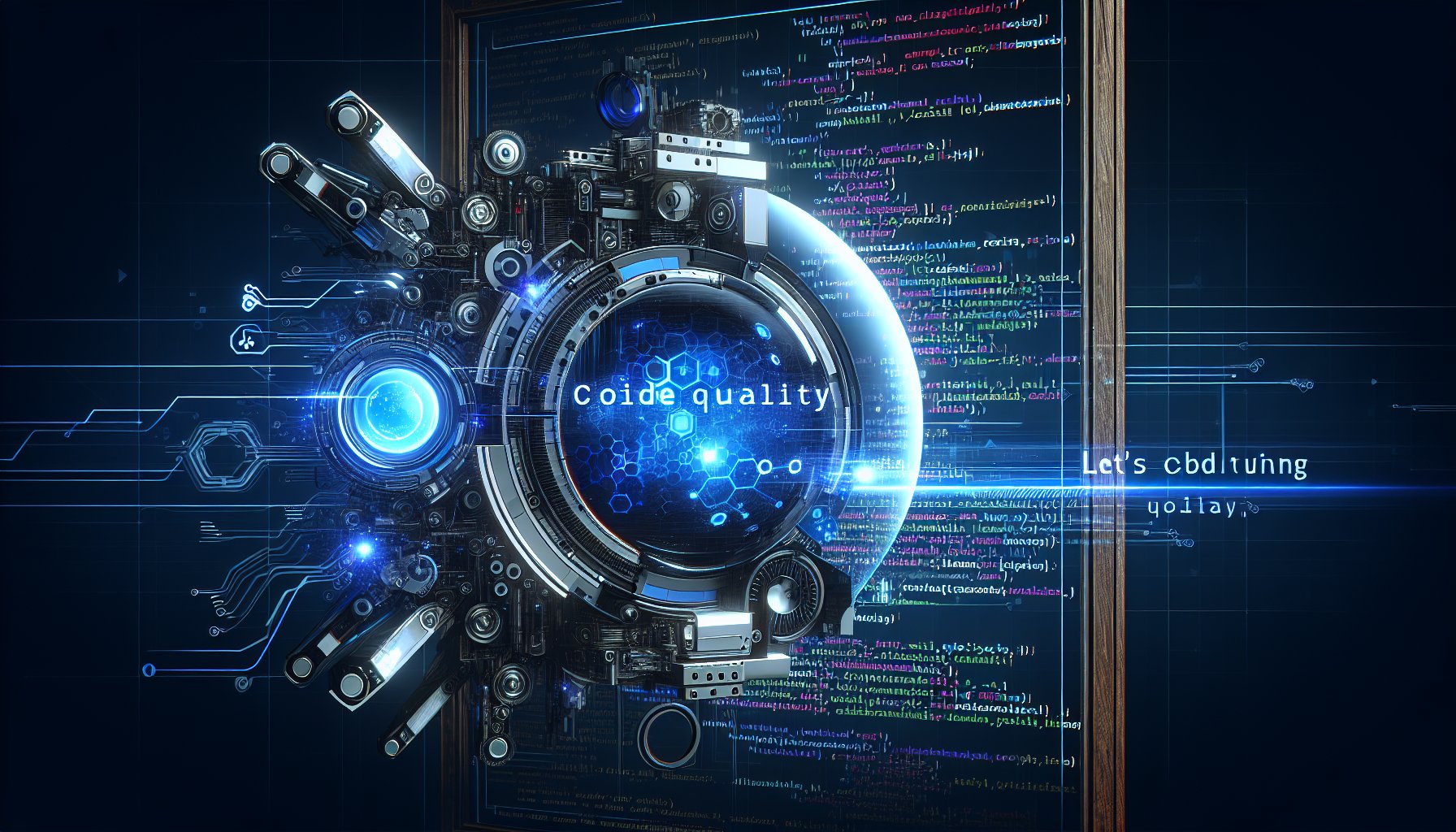Introduction
As we navigate the complex terrain of IT development in 2025, the emphasis on maintaining high code quality remains a critical priority. This article explores the most innovative strategies and tools that developers, IT professionals, and businesses can utilize to enhance code quality in this era of rapid technological advancement.
Understanding Code Quality
Code quality refers to the extent by which source code is understandable, maintainable, and scalable. High-quality code not only reduces the risk of bugs but also improves software performance and security, making it a key concern for any successful IT project.
Modern Approaches to Enhancing Code Quality
1. Unit Testing
Unit testing remains a powerful tool for maintaining code quality. Tools like Jest and Mocha have evolved to provide more sophisticated features for JavaScript testing, including mock functions, asynchronous testing, and parallel test execution. By writing tests for individual units of code, developers can ensure functionality and prevent future regressions.
2. Code Review
The practice of code review has been revolutionized by platforms like GitHub and Bitbucket, which offer advanced features for collaborative code review. Peer code review not only helps in catching bugs early but also promotes knowledge sharing and consistency in coding style.
3. Static Code Analysis
Static code analysis tools like SonarQube and ESLint are now indispensable in the developer's toolkit. These tools analyze source code without executing it, identifying potential bugs, code smells, and security vulnerabilities, thereby improving code quality and maintainability.
4. Continuous Integration
Continuous Integration (CI) plays a vital role in maintaining high code quality. CI platforms like Jenkins and Travis CI allow for automated testing and building of code, ensuring that the codebase remains in a consistently deployable state. This reduces the risk of integration problems and enables rapid delivery of software updates.
5. Refactoring
Refactoring is a systematic process of improving code without changing its external behavior. Modern Integrated Development Environments (IDEs) like IntelliJ IDEA and Visual Studio Code provide advanced features for refactoring, helping developers to keep the codebase clean and maintainable.
Conclusion: The Future of Code Quality
The emphasis on code quality is set to intensify as we continue to push the boundaries of what's possible with software. By adopting these modern strategies and tools, developers, IT professionals, and businesses can stay at the forefront of the industry, delivering high-quality software that meets the demands of the modern world.
Key takeaways: Invest in unit testing, leverage collaborative platforms for code review, employ static analysis tools, implement continuous integration, and embrace refactoring. These practices will help you maintain high code quality and stay ahead in the rapidly evolving IT development landscape of 2025 and beyond.
